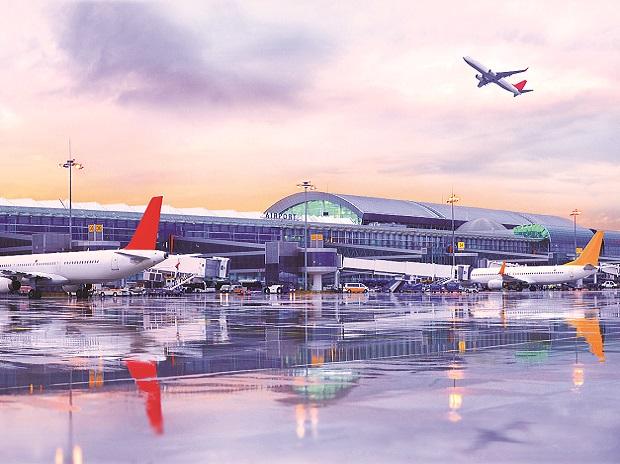The coronavirus (Covid-19) outbreak is likely to push the only profit making government-owned aviation entity Airport Authority of India to losses for the first time in FY21.
This will be the first time since its formation in 1995 that the government-owned airport operators will register a loss, officials said. The quantum of loss will depend on the extent of the effect of the Covid-19 pandemic on traffic flow at airports.
AAI has been consistently making profits since its formation. In February 2009, AAI was granted "Mini Ratna Category 1 PSE" status by the government.
In FY20, AAI clocked a profit of Rs over Rs 3,600 crore over a revenue of around Rs 14,367 crore.
To counter the Covid-19 pandemic, air transport was suspended from March 25 till May 24 which led to zero traffic at AAI airports. Even after resumption of flights, traffic is yet to pick up at airports due to quarantine measures implemented by states and an overall fear of flying.
AAI’s revenue has been squeezed further as two private airport operators Delhi International Airport Limited (DIAL) and Mumbai International Airport Limited (MIAL) haven’t paid any fees to AAI for three months.
While DIAL started paying from August, MIAL has moved court after invoking force majuere on revenue sharing for the entire year, to which the AAI hasn’t agreed.
MIAL has moved the Delhi High Court seeking an injunction against AAI seeking the same.
DIAL and MIAL, under concession agreements signed with the AAI during the privatisation process in 2006, have to pay a percentage of their revenue to the government authority. DIAL pays 45.99 per cent and MIAL 38.7 per cent of its revenues as fees to the AAI. This forms a bulk of AAI’s revenue, making it one of the few profitable public sector units in the country.
“Twenty-five per cent of AAI’s revenues was contributed by the revenue share from privatised airports (Delhi and Mumbai) in FY2018. Going forward, any reduction in the same can impact AAI’s revenues and profitability significantly. In addition, the development of more airports (greenfield as well as under UDAN scheme) as well as the privatisation of the existing one can adversely impact its revenues and margins, the impact of which will be assessed going forward,” rating agency ICRA said about AAI’s credit worthiness
However, despite the fall in revenue, AAI will not reduce its capital expenditure plan as all public sector enterprises have been asked by the finance ministry to continue with capital expenditure in order to revive the economy. AAI has earmarked around Rs 20,000 crore to be spent in next five years. Out of this, AAI plans to spend Rs 5,026 crore in FY 21. It has spent Rs 4,950 crore in FY20 in capital expenditure.
“AAI uses capex to build runways, terminals and upgrade existing infrastructure. This work creates a lot of jobs and have an impact of the macro economy. Hence, the finance ministry has instructed us not to reduce that,” said a senior AAI official.
The necessity to continue with capex has forced AAI to look for borrowings for the first time in its history, Civil Aviation Minister Hardeep Singh Puri said. “In order to meet the working capital requirements, AAI has taken fund-based working capital facility of Rs 1,500 crore from SBI,” Puri said.

RECOMMENDED FOR YOU